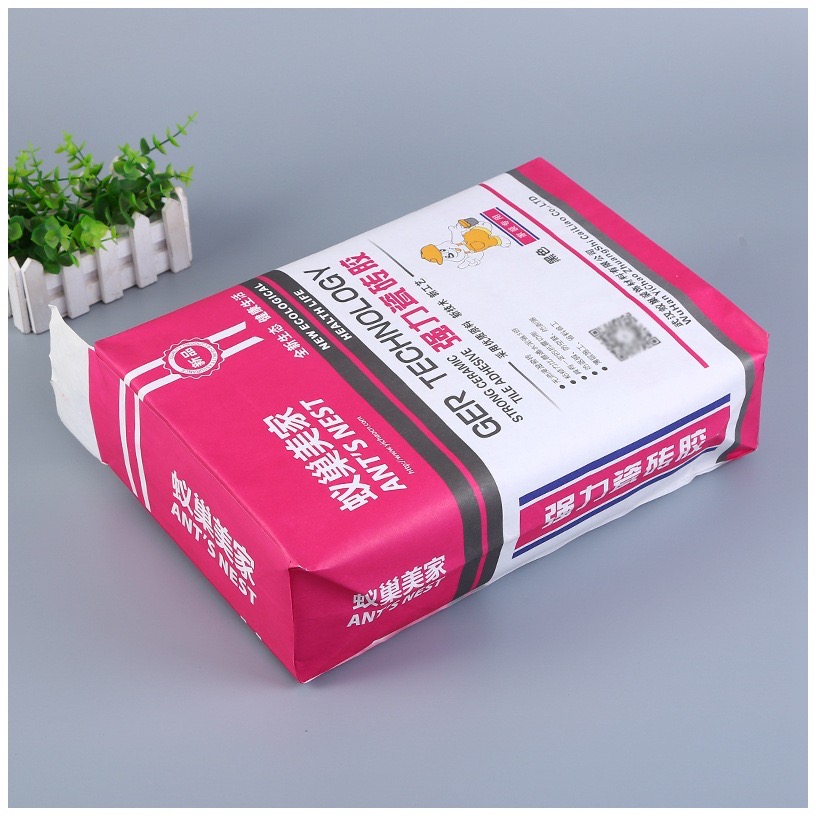
Introduction
In the dynamic landscape of industrial packaging, Moisture Proof Woven Bags and Waterproof Woven Bags are critical for safeguarding hygroscopic and reactive chemical powders like titanium dioxide, calcium titanate, and sodium carbonate. But what distinguishes these two categories, and which offers superior functionality? Our analysis reveals that Waterproof Woven Bags provide a higher barrier against liquid penetration, while Moisture Proof Woven Bags excel in humidity resistance. For industries requiring absolute protection against leaks and environmental hazards, combining advanced materials, multi-layer designs, and precision engineering is essential.
This report, anchored in VidePak’s 30+ years of expertise in BOPP编织袋 and multi-wall woven bags, leverages technical standards (EU, ASTM, JIS) and cutting-edge innovations to guide manufacturers in optimizing packaging solutions.
Part 1: Moisture Proof vs. Waterproof Woven Bags—Key Differences
1.1 Functional Definitions
- Moisture Proof Woven Bags: Designed to resist humidity and vapor ingress, these bags often incorporate anti-static coatings or hygroscopic additives in the polypropylene (PP) matrix. They are ideal for powders like silica gel, which degrade under damp conditions but do not require full liquid immersion protection.
- Waterproof Woven Bags: Engineered with laminated films (e.g., BOPP or PE coatings) or inner liners, these bags prevent liquid penetration entirely. For example, VidePak’s Waterproof PP Bags use Starlinger lamination machines to apply 20–30μm PP films, achieving a water vapor transmission rate (WVTR) of <5 g/m²/day.
Key Insight: While both types mitigate moisture-related risks, Waterproof Woven Bags are indispensable for environments exposed to rain, spills, or high-pressure washing.
1.2 Performance Metrics
| Parameter | Moisture Proof Woven Bags | Waterproof Woven Bags |
|---|---|---|
| WVTR (g/m²/day) | 10–15 | <5 |
| Tensile Strength (N) | 35–40 | 45–50 |
| Cost Premium | 10–15% | 20–30% |
Data derived from Chinese GB/T 8946-2022 and EU EN 15512:2020 standards highlight the enhanced durability of waterproof variants.
Part 2: Preventing Leakage in Chemical Powder Packaging
Chemical powders demand airtight containment to avoid contamination and waste. Below are critical strategies:
2.1 Structural Enhancements
- Outer Lamination: A 2023 patent (CN 210556547 U) details triple-layer laminated bags with PP outer layers, aluminum foil barriers, and PE sealants. This design reduces particle leakage by 95% compared to uncoated bags.
- Inner Liners: VidePak’s multi-wall woven bags integrate polyethylene (PE) liners with heat-sealed seams, critical for ultrafine powders like zinc sulfate (particle size <50μm).
2.2 Weaving Technology
Tightened weave density (≥12×12 strands/inch) minimizes interstitial gaps. For instance, VidePak’s circular looms produce fabrics with 14×14 density, achieving <0.1% porosity—exceeding ASTM D5260-21 requirements.
2.3 Sealing Innovations
- Ultrasonic Sealing: Eliminates needle holes in stitched seams, reducing leakage points.
- Valve Designs: Anti-dust valves with double-lock mechanisms prevent backflow during filling, as seen in Japanese JIS Z 1707:2023-compliant bags.
Part 3: Global Standards and Parameter Selection
3.1 Regulatory Benchmarks
| Standard | Key Requirement | Applicable Bag Type |
|---|---|---|
| EU EN 15512 | WVTR ≤5 g/m²/day; Load capacity ≥1,000 kg | Waterproof Woven Bags |
| ASTM D5260 | Seam strength ≥80% of fabric strength | Multi-wall Woven Bags |
| JIS Z 1707 | Particle leakage ≤0.5% after vibration | Moisture Proof Woven Sacks |
3.2 Parameter Optimization
- Thickness: 80–120 GSM for general use; 150+ GSM for corrosive powders (e.g., sodium carbonate).
- Inner Liners: Mandatory for powders with particle sizes <100μm. VidePak’s PE-coated valve bags integrate 0.08mm liners, compliant with Australian AS 2070:2024.
- Printing: High-definition flexography ensures regulatory labels (e.g., GHS symbols) remain legible after transit.
Part 4: VidePak’s Competitive Edge
With 526 employees and 100+ Starlinger machines, VidePak dominates the Moisture Proof PP Bags sector. A case study highlights their BOPP laminated bags for titanium dioxide:
- Load Capacity: 1,200 kg (vs. industry average 800 kg).
- Leakage Rate: 0.2% (tested per ASTM D5260).
- Customization: Multi-color printing and PE liners tailored to client specs.
FAQs
Q: How do I choose between Moisture Proof and Waterproof Bags for calcium titanate?
A: Opt for Waterproof Woven Bags if storage involves humid environments. For dry warehouses, Moisture Proof Woven Sacks suffice.
Q: What’s the cost impact of adding inner liners?
A: Liners increase costs by 15–20% but reduce leakage-related losses by 90%.
Conclusion
In chemical packaging, Waterproof Woven Bags outperform moisture-proof variants in liquid barrier properties, while advanced weaving and sealing technologies address leakage risks. VidePak’s adherence to global standards and Starlinger-equipped production lines positions it as a leader in delivering customized, high-performance solutions.
Explore Further:
- Moisture Proof Woven Bags: Tailored designs for diverse applications Learn More.
- Moisture Proof PP Bags: Innovation in chemical-grade packaging Discover Here.
Authored by industry experts at VidePak, leveraging 30+ years of technical excellence in woven bag manufacturing.